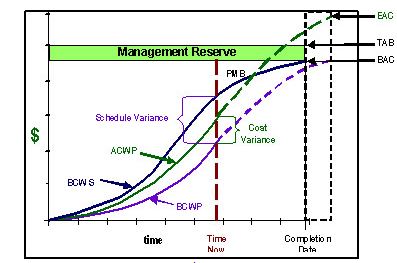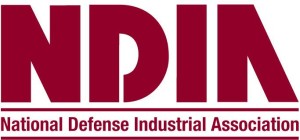Is it OTB/OTS Time or Just Address the Variances?
 No project manager and project team ever wants to go through an Over Target Baseline (OTB) or Over Target Schedule (OTS). The idea of formally reprogramming the remaining work and adjusting variances at the lowest level can be daunting and extremely time consuming. As painful as an OTB/OTS is, a project manager must first determine if the reprogramming is necessary. Several factors should be considered before an OTB/OTS is declared and implemented.
No project manager and project team ever wants to go through an Over Target Baseline (OTB) or Over Target Schedule (OTS). The idea of formally reprogramming the remaining work and adjusting variances at the lowest level can be daunting and extremely time consuming. As painful as an OTB/OTS is, a project manager must first determine if the reprogramming is necessary. Several factors should be considered before an OTB/OTS is declared and implemented.
NOTE: This paper addresses a Formal reprogramming as including both an OTB and an OTS. If the Contract Performance Report is the CDRL Requirement, an OTS is not a part of a Formal Reprogramming. It is a separate action.
Performance Data
Projected successful execution of the remaining effort is the leading indicator of whether an OTB/OTS is needed. Significant projected cost overruns or the inability to meet scheduled milestones play a major role in determining the need for an OTB/OTS as these indicators can provide a clear determination that the baseline is no longer achievable.
Leading indicators also include significant differences between the Estimate to Complete (ETC) and the Budgeted Cost of Work Remaining (BCWR). This is also demonstrated by major differences between the Cost Performance Index (CPI) and the To Complete Performance Index (TCPI). These differences are evidence that the projected cost performance required to meet the Estimate at Completion is not achievable, and may also indicate that the estimated completion costs do not include all risk considerations. Excessive use of Management Reserve (MR) early in the project could also be an indicator.
Schedule indicators include increased concurrency amongst remaining tasks, high amounts of negative float, and significant slips in the critical path, questionable activity durations and inadequate schedule margin for remaining work scope. Any of these conditions may indicate that an OTB/OTS is necessary.
Quantified Factors
Various significant indicators in both cost and schedule can provide a clear picture that an OTB/OTS is warranted. The term “significant” can be seen as extremely subjective and vary from project to project. For further evidence, other more quantified indicators can be used to supplement what has already been discussed.
Industry guidelines (such as the Over Target Baseline and Over Target Schedule Guide by the Performance Assessments and Root Cause Analyses (PARCA) Office) suggest the contract should be more than 20% complete before considering an OTB/OTS. However, the same guidance also recommends against an OTB/OTS if the forecasted remaining duration is less than 18 months. Other indicators include comparing the Estimate to Complete with the remaining work to determine projected growth by using the following equation:
Projected Future Cost Overrun (%) = ([(EACPMB-ACWP) / (BACPMB-BCWP) – 1)] X 100
If the Projected Future Cost Overrun percentage were greater than 15%, then an OTB/OTS might be considered. Certainly the dollar magnitude must be considered as well.
Conclusion
There is no exact way to determine if an OTB/OTS is needed, and the project personnel must adequately assess all factors to make the determination. Going through an OTB/OTS is very time consuming, and the decision regarding that implementation should not be taken lightly.
After all factors are adequately analyzed, the project manager may ultimately deem it unnecessary and just manage to the variances being reported. This may be more cost effective and practical than initiating a formal reprogramming action.
If you have any questions about this article contact Humphrey’s & Associates. Comments welcome.
We offer a workshop on this topic: EVMS and Project Management Training Over Target Baseline (OTB) and Over Target Schedule (OTS) Implementation.
Is it OTB/OTS Time or Just Address the Variances? Read Post »



